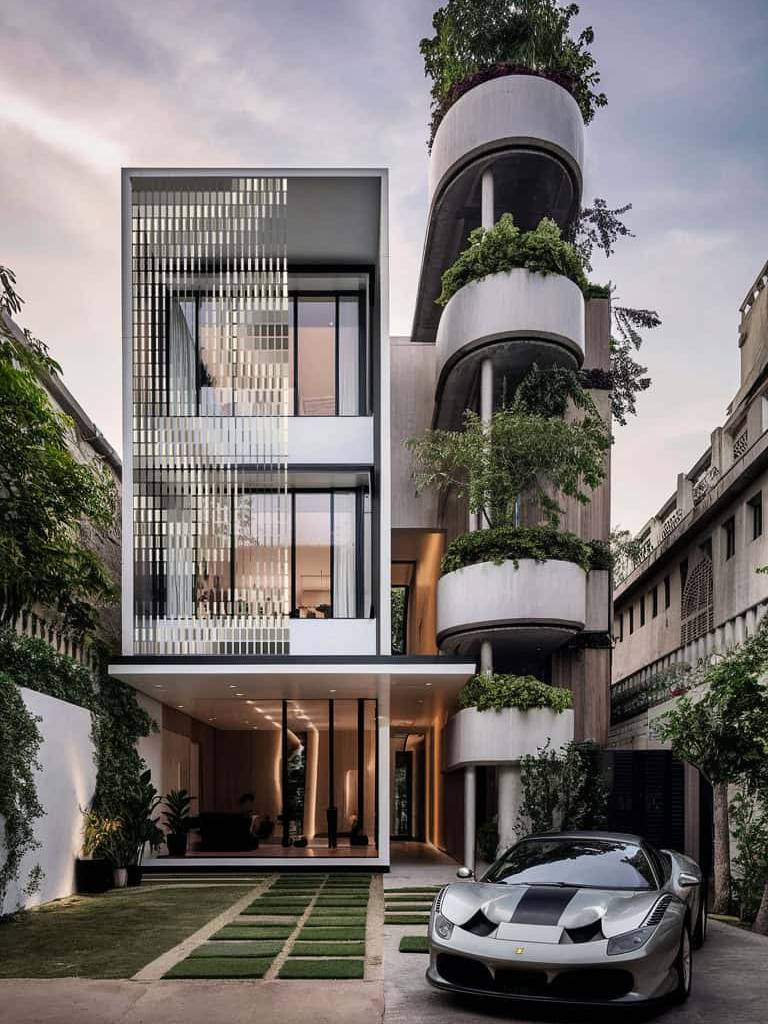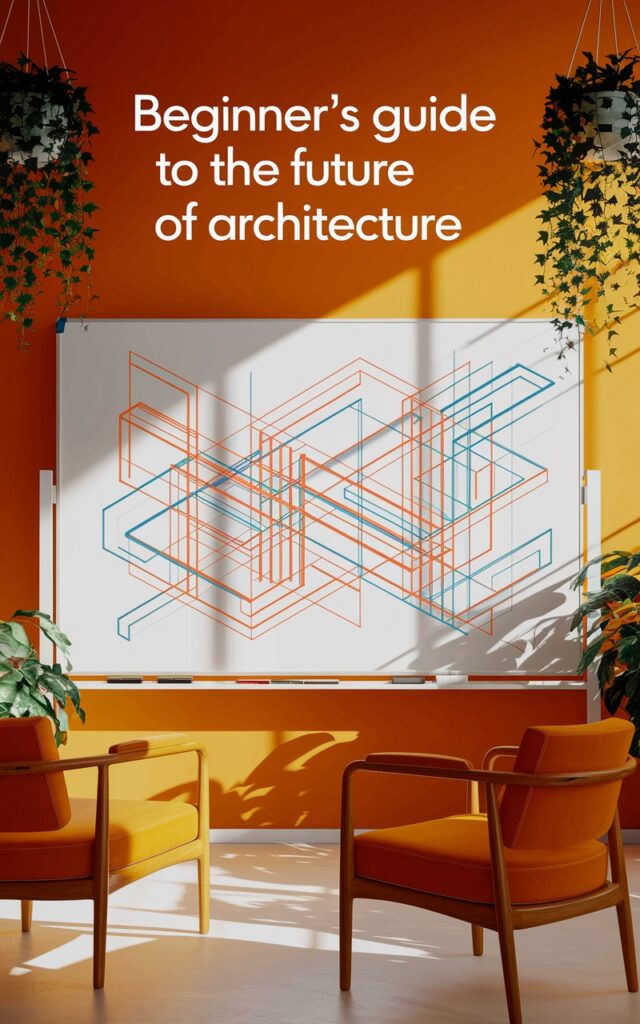In today’s world, where climate change and urbanization are key challenges, sustainability has become a cornerstone of modern architecture. Parametric design, with its ability to adapt and optimize, is leading this charge. Parametric facades, in particular, are playing a vital role in India’s green revolution, offering energy efficiency and environmental responsiveness. SOGA Design Studio, a leader in parametric architecture, exemplifies how innovative design can align with sustainability goals.
What Are Parametric Facades?
Parametric facades are architectural surfaces designed using computational algorithms. These designs are highly adaptive, responding to environmental factors like sunlight, wind, and temperature. The result is a facade that is not only visually captivating but also functionally superior, reducing energy consumption and enhancing user comfort.
Sustainability Through Design
Parametric facades contribute to sustainability in several ways:
- Energy Efficiency: By controlling light and heat, parametric facades reduce the need for artificial lighting and air conditioning.
- Natural Ventilation: Their adaptive designs allow airflow to be optimized, improving indoor air quality.
- Material Efficiency: Computational methods ensure precise material usage, minimizing waste.
SOGA Design Studio’s Green Contributions
SOGA Design Studio has embraced these principles to create innovative, sustainable designs. A few examples from their portfolio demonstrate their expertise:
- Dynamic Facade for a Commercial Space
In one of their landmark projects, SOGA designed a facade that incorporates an array of perforated panels. These panels respond to the sun’s movement, reducing heat gain while allowing soft, diffused light indoors. This approach significantly cut down the building’s energy requirements, showcasing the power of parametric design in creating eco-friendly architecture. - Aquatic-Inspired Facade with Optimized Ventilation
For a project inspired by marine life, SOGA crafted a facade featuring fluid, wave-like patterns. These forms were not only aesthetically aligned with the theme but also enhanced ventilation, creating a healthier and more energy-efficient indoor environment.
Why Parametric Facades Are the Future
Parametric facades are not just a trend; they are a necessity for the future of architecture in India. They address critical issues like urban heat islands, rising energy demands, and resource scarcity. By blending computational design with sustainability, firms like SOGA Design Studio are paving the way for greener, smarter cities.
Conclusion
As India progresses toward a sustainable future, parametric facades are emerging as a game-changing solution. Their ability to harmonize beauty, function, and environmental responsibility makes them essential for modern architecture. SOGA Design Studio is at the forefront of this revolution, crafting designs that not only inspire but also contribute to a better world.



